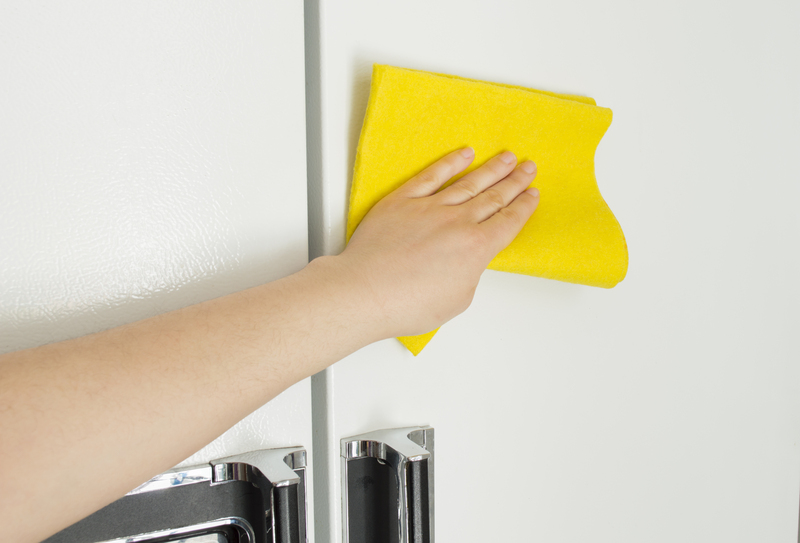Say No to Dampness: Tackling Home Condensation
Posted on 11/06/2024
Dampness is a common problem that can affect any home, regardless of its age or location. It occurs when excess moisture builds up in the air and settles onto surfaces, leading to a range of negative consequences. From unsightly mold and mildew growth to damaging effects on the structural integrity of your home, dampness is a serious issue that should not be ignored.
The primary cause of dampness in homes is condensation. This process happens when warm, moist air comes into contact with cool surfaces, causing the water vapor in the air to turn back into liquid form. Common areas where this occurs include windows, walls, and ceilings. If left unaddressed, condensation can lead to serious problems such as rotting wood, peeling paint, and even health issues for you and your family.
The Consequences of Dampness
One of the major consequences of dampness is the growth of mold and mildew. These fungi thrive in moist environments and can rapidly spread throughout your home if left unchecked. Not only are they unsightly, but they also release spores into the air that can aggravate allergies and respiratory illnesses.
In addition to mold and mildew growth, dampness can also cause damage to your home's structure. Excess moisture can seep into walls and lead to rotting wood, which weakens the foundation of your home. This can result in costly repairs and compromise the safety of your living space.
Another consequence of dampness is the unpleasant musty odor that often accompanies it. This can make your home feel unwelcoming and uncomfortable for both you and your guests.

Tips for Tackling Dampness
While dampness may seem like a difficult problem to tackle, there are several steps you can take to prevent it from occurring in your home.
1. Improve ventilation: Proper ventilation is key to reducing excess moisture in the air. Make sure your home has adequate air flow by opening windows or using exhaust fans when cooking or showering.
2. Use a dehumidifier: A dehumidifier can be a useful tool in decreasing humidity levels in your home. It works by removing excess moisture from the air, helping to prevent condensation from occurring.
3. Insulate your home: Lack of insulation can contribute to dampness by allowing warm air to come into contact with cooler surfaces. Consider adding insulation to exterior walls and attics to prevent this from happening.
4. Repair any leaks: If you notice any leaks in your plumbing, make sure to get them fixed as soon as possible. Even small drips can lead to significant damage over time.
The Pros and Cons of Tackling Dampness
The pros of tackling dampness far outweigh the cons. By taking steps to reduce excess moisture in your home, you are not only preventing damage to your property but also creating a healthier living environment for you and your family.
Some potential cons may include the cost of purchasing a dehumidifier or repairing any existing leaks in your home. However, these expenses are minimal compared to the potential costs of dealing with extensive mold and mildew growth or structural damage caused by dampness.

Key Takeaways
- Dampness is a common problem that can affect any home.
- The primary cause of dampness is condensation, which occurs when warm air comes into contact with cool surfaces.
- The consequences of dampness include mold and mildew growth, structural damage, and unpleasant odors.
- To tackle dampness, improve ventilation, use a dehumidifier, insulate your home, and repair any leaks.
- The pros of tackling dampness include preventing property damage and creating a healthier living environment.
In Conclusion
Ignoring dampness in your home can lead to serious consequences for both your property and your health. By taking proactive measures to reduce excess moisture, you can prevent the growth of mold and mildew, protect the structural integrity of your home, and create a more comfortable living space for you and your loved ones. Remember to regularly check for leaks, improve ventilation, and use a dehumidifier if necessary. Don't let dampness take over your home - say no to dampness and ensure a healthier living environment for years to come.







